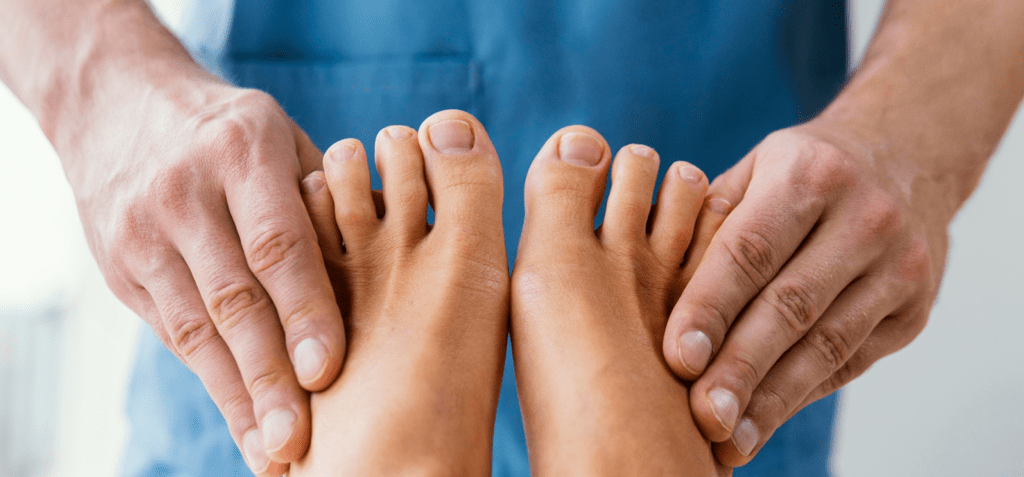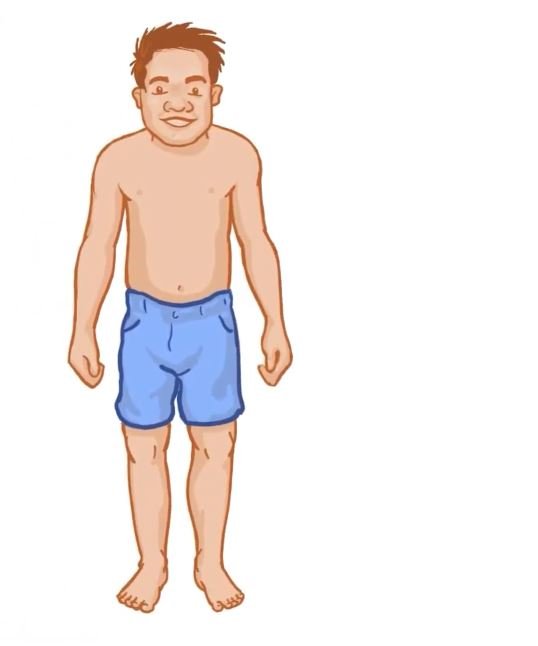The progressive nerve condition known as Charcot-Marie-Tooth disease (CMT) gradually weakens the muscles in the hands, arms, legs, and feet. It is a hereditary disorder that affects the way nerves and muscles communicate and is inherited. Coordination problems, diminished sensation, and a progressive loss of strength are caused by this interference. Despite being one of the most prevalent hereditary neurological conditions, many people are not aware of its effects until they start to show symptoms.
In adolescence or early adulthood, the initial symptoms of CMT frequently manifest. Among the first symptoms are ankle weakness, trouble lifting the feet, and a propensity to trip frequently. Foot abnormalities like high arches and curled toes are brought on by the condition as it worsens over time. Fine motor skills and grip strength are impacted as the disease progresses and muscle weakness extends to the hands and arms. The pace of development varies greatly; some people only have mild impairment, while others have serious mobility issues.
Charcot-Marie-Tooth Disease – Key Facts & Symptoms
| Attribute | Details |
|---|---|
| Disease Name | Charcot-Marie-Tooth Disease (CMT) |
| Type | Hereditary Motor and Sensory Neuropathy |
| Cause | Genetic mutation affecting peripheral nerves |
| Symptoms | Muscle weakness, foot deformities, numbness, poor coordination |
| Common Age of Onset | Adolescence to early adulthood |
| Primary Affected Areas | Feet, legs, hands, arms |
| Treatment Options | Physical therapy, orthotics, pain management |
| Long-Term Impact | Progressive muscle loss, reduced mobility |
| Reference | Mayo Clinic – Charcot-Marie-Tooth Disease |
Genetic mutations that impair peripheral nerve function are the cause of CMT. Movement and sensation are made possible by the messages that these nerves carry from the brain to the muscles. Muscles deteriorate over time as a result of a lack of stimulation when these signals are disrupted or diminished. The myelin sheath, the protective covering of the nerves, is impacted by certain disease variations, which further slows down the transmission of nerve signals.
The fact that CMT symptoms frequently resemble those of other illnesses makes diagnosis challenging, which is one of its biggest problems. Many people remain undiagnosed for years because they believe their foot deformities or balance problems are minor annoyances rather than symptoms of a progressive disorder. Nerve conduction studies, genetic testing, and a neurologist’s clinical assessment are usually necessary for a correct diagnosis. Because it enables better symptom management prior to significant mobility loss, early detection can be especially advantageous.
Charcot-Marie-Tooth disease has no known cure, but treatment aims to slow its progression and enhance quality of life. Maintaining muscle strength and flexibility through physical therapy helps patients maintain their mobility for as long as possible. Braces, assistive technology, and custom orthotics offer stability and lower the chance of falls. Orthopedic surgery might be required in extreme situations to treat foot abnormalities that make walking difficult.
Many people manage to adapt and lead active, satisfying lives in spite of the difficulties associated with having CMT. Results for individuals with diagnoses have significantly improved due to developments in medical research, adaptive technology, and physical therapy. Potential genetic treatments that target the underlying mutations causing the illness are also being investigated by scientists. Even though these treatments are still in the experimental stage, they show promise as a first step toward future interventions that are more focused.
Knowledge of Charcot-Marie among the public Compared to other neurological conditions, tooth disease is still relatively rare. In order to help patients and promote medical advancements, advocacy groups and research organizations keep pushing for more financing and public awareness campaigns. Increased awareness of CMT may result in better treatment options and earlier diagnoses, enabling people to better control their symptoms early on.
An increasing number of well-known people have discussed their experiences with CMT, which has helped to raise awareness of the illness. Their experiences highlight the value of early intervention, easily accessible medical care, and encouraging communities. Many people with CMT actively participate in awareness-raising campaigns, emphasizing the need for improved medical advancements and mobility accommodations.
Everyday challenges associated with living with CMT include issues with fine motor skills and walking. As symptoms worsen, once-simple tasks like holding a pen or tying shoelaces can become more challenging. Enhancing accessibility in public areas, workplaces, and educational institutions is still essential to ensuring that people with mobility impairments can move around without encountering needless obstacles.
There is hope for the future thanks to ongoing research into gene therapy and nerve regeneration. Researchers are looking into ways to slow the disease’s progression or repair damaged nerves, which could improve the prognosis for people with CMT. Even though these developments are still in their early stages, they point to a move away from symptom management and toward long-term solutions.







